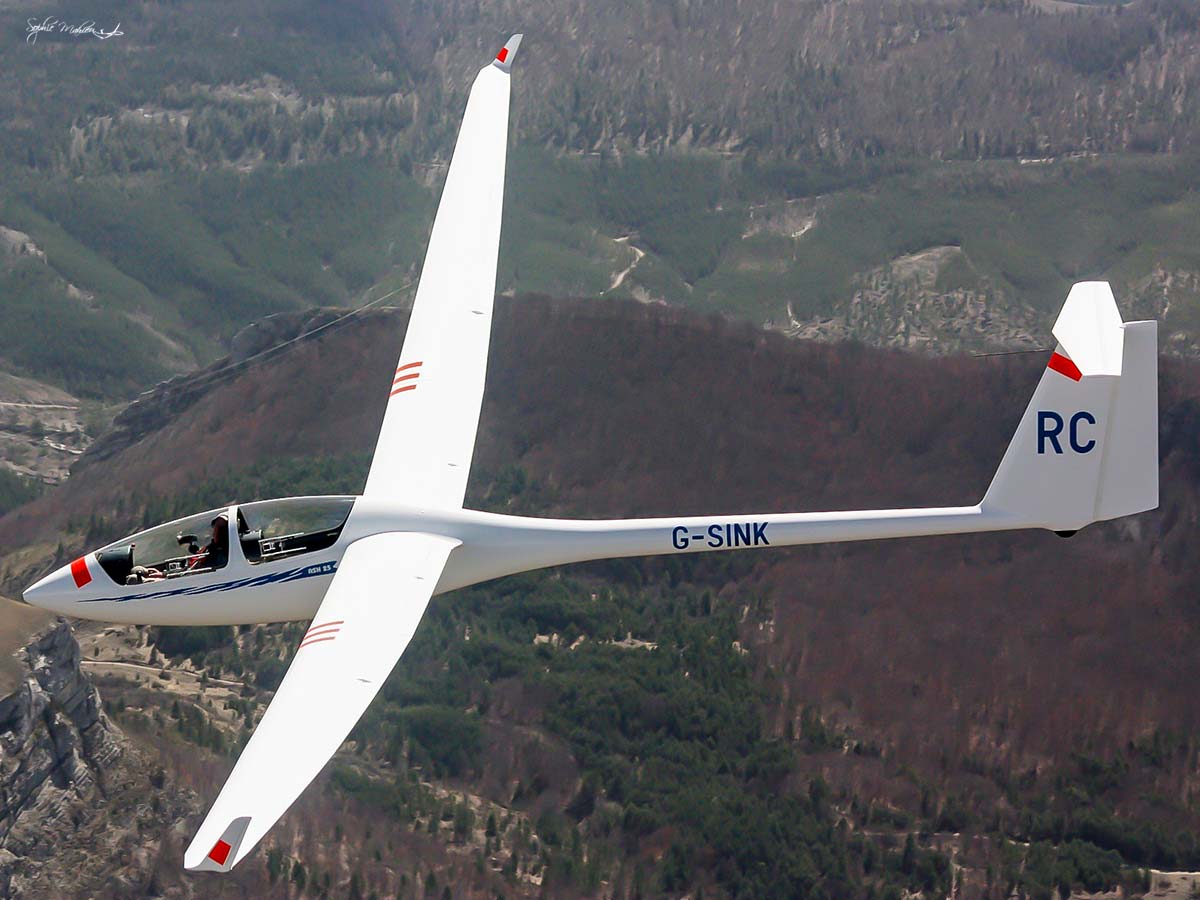Total Energy Systems

Welcome to the new series of newsletter articles by the author of The Soaring Engine books, G Dale. This series is titled "Ask G" takes your questions directly to G for answers to be published in a future article. What's your question? Curious about soaring weather? Glider fundamentals? How does a particular instrument work? Sailplane preparation? Something else? Let us know, send an email. It is tme for you to Ask G.
Total Energy Systems
By G Dale
QUESTION: Hi G, Besides sensitivity, why a variometer instead of a rate of climb indicator? They both show if you are going up or down. Why should sailplanes have variometers?
"And this is the variometer, it tells you if the glider is going up or down..." ~ Any flight instructor
No, it doesn't. You don't need an instrument to tell you if you're going up or down: if you pull the stick back you go up, and if you push the stick forward you go down. The last thing you need is an instrument in the cockpit to tell you what you already know.
A glider pilot needs to know if he's in lift or not. An up-and-down indicator doesn't give that information. Lift can be weak or strong, but is rarely going to give us climbs much in excess of a thousand feet a minute. And we're banging along in our fancy lead sleds at 80, 90, 100kt, or more. Moving the elevator around can easily generate up or down movements that completely mask the effects of any lift. Even raising or lowering the nose in a thermal changes the rate of climb enough to interfere with any centering strategy: can you circle with the nose exactly on the horizon? Really. Are you sure?
Fly into lift, and the glider goes up. Pull the stick back and the same thing happens - but the glider will also slow down. If we could somehow measure both height and speed at the time we could build a variometer that measures the total energy of the glider and can indicate if we are gaining energy or losing it. Let's talk through how a "total energy" system would work:
I'm banging along in my old ASH 25 at 90kt in completely dead, still air. I pull back and point the nose at the sky: we climb rapidly, so the part of the variometer system that registers height (potential energy) says" Yeehaw! G! We're going up!"
But...
The speed is reducing, so the part of the variometer system that registers speed (kinetic energy) says "Sigh... I don't want to mention this, G, but we're losing speed rapidly..."
If you combine these two different opinions and display the output on a needle what will you see?
For a start, as long as the glider is flying in still air it will always be losing energy, so the needle on the TE Vario will always be pointing down. At high speed, the glider burns energy fast, and a low speed it burns energy more slowly: you can see this by looking at the polar. But it is always using energy. Therefore, in a zoom climb (in still air) the needle should track the "sink rate" of the glider as the speed changes. The term" sink rate" in this context is misleading: the glider isn't "sinking" during a pull-up, but it is still using energy. So at 90kt, the ASH is going down at about 5kt - the vario says "-5kt". At 60kt it's going down at about 1.5kt so the vario says "-1.5kt". In between the vario tracks the polar curve, irrelevant of whether you're speeding up or slowing down. This means that when you pull up, the vario needle doesn't wrap itself around the top stop. And when you let the nose wander up and down in a thermal the vario doesn't follow it. There will be no "stick lift." A TE system makes the variometer useable: if the vario goes above zero the glider is in lift.
Lastly, make sure that you are using a method of centering that entails turning at 45°, no less, every time that you are in the core of the thermal. There are many different ways to climb and there isn't time to cover all that right now, but if you're not turning hard when you're in the good bit...then I'm going to climb away from you. Some thermals do reward a different technique, and other gliders will get in your way. But not very often: the best policy is to turn tight. So when the vario is peaking you should be sitting at that 45° bank. If you want to move the glider around to centre the climb then do it when you're not in the best bit of the thermal: always turn hard in the core. On average this will pay off.
Fly Safe,
G
The next Ask G article (in two weeks)...Question; My variometer doesn't seem to work properly. How do I check the system? Will the newer pressure transducer variometers with wind gust algorithms have better results?
Banner photo was taken by Sophie Mahieu
G Dale is the popular author of The Soaring Engine book series. He follows the endless summer, working for the British Gliding Association, The Gliding Association of New Zealand, and the Gliding Federation of Australia, always teaching cross country flying. He’s also flown and worked at various gliding clubs around the world: at Nympsfield as Chief flying instructor, at Booker again as CFI, at Lasham as DCFI and soaring coach, and at Glide Omarama as head coach, with visits to Minden, Serres, Takikkawa, Narromine, Lake Keepit, and many other clubs as a peripatetic soaring instructor and mountain flying coach.




